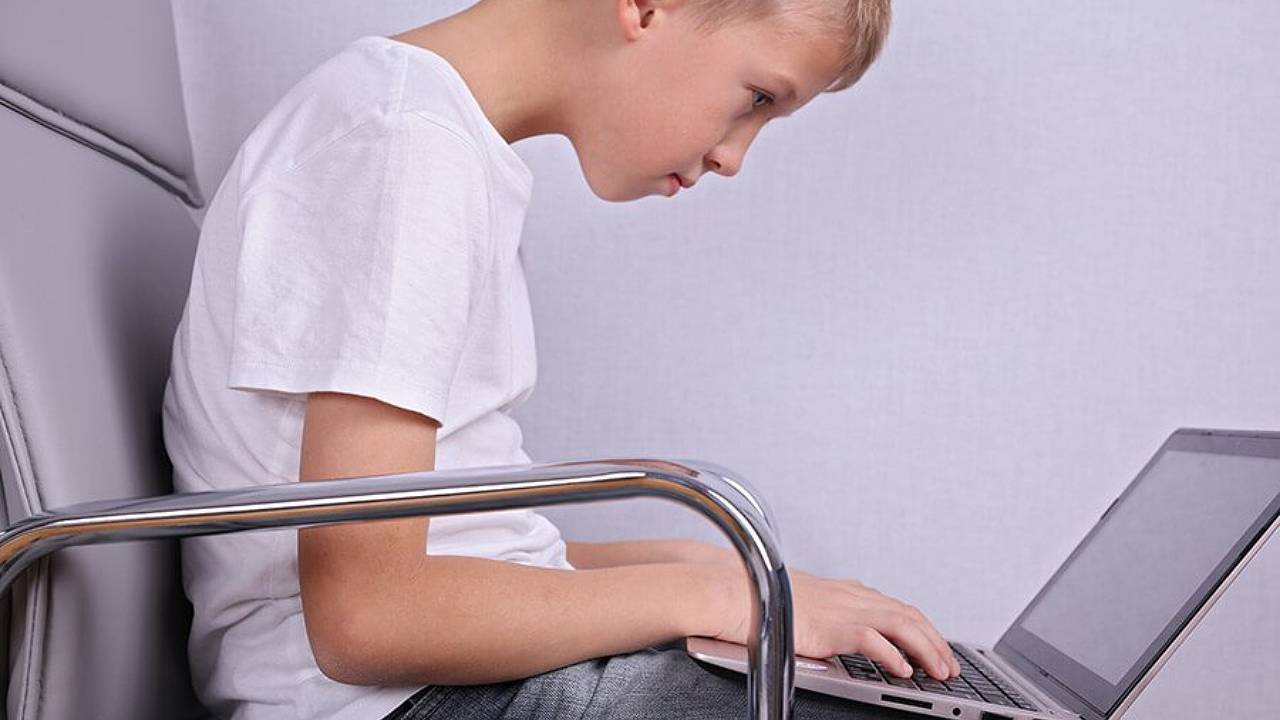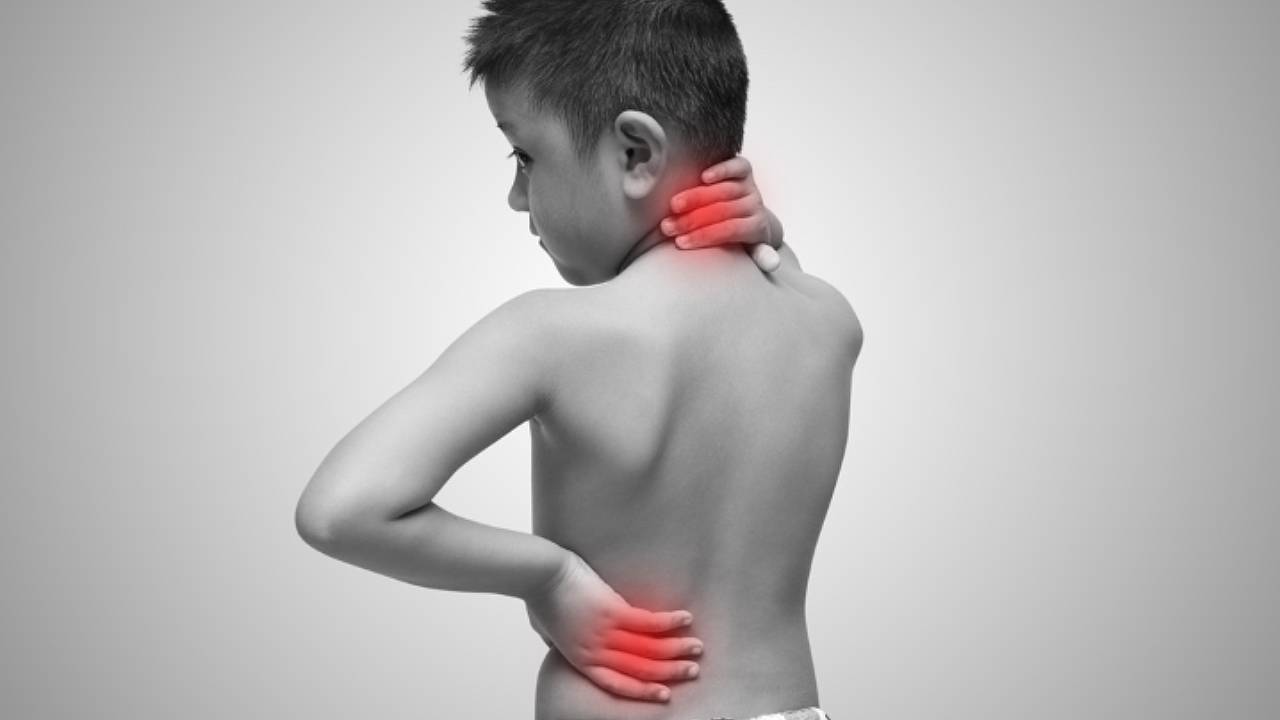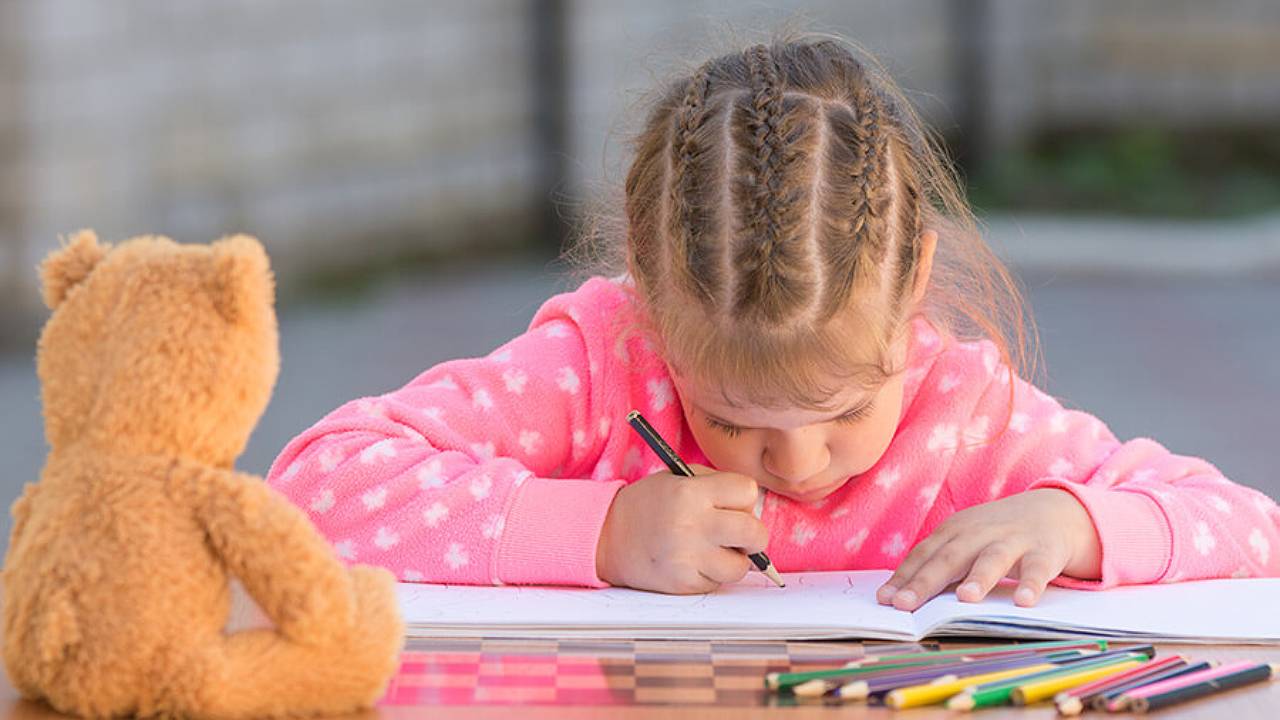Does My Child Have Poor Posture?
Slouching or laziness is not always the root cause of bad posture. Every movement exerts pressure and force on the joints, ligaments, bones, and muscles regardless of whether it is performed while lying down, sitting, or standing. This force alters the biomechanical structure of a child and can lead to deformities or early joint damage/wear and tear.
As a child grows in height and maturity, parents may notice biomechanical changes to their gait pattern, foot shape, and sitting posture. The appearance of simple visual posture imbalance can soon lead to spinal degeneration, muscular dysfunction patterns, and chronic pain if left uncorrected. Any irregularities or complaints of pain should be investigated rather than being brushed aside as another symptom of growing pains, and regular check-ups should be conducted every 6 months.
Good posture is the building block for the healthy growth and development of your child. Proper alignment in the body ensures that the bones can properly support your weight without having the rest of the body compensate, thus reducing overall effort and strain.

What Are Common Causes of Postural Imbalance?
- Scoliosis
- Muscle tightness
- Low muscle tone
- Pelvic rotation
- Leg length difference
- Bone changes in the lower legs (osteoarthritis or osteonecrosis)
- Stunted growth
- Malalignment syndrome
- Congenital deformities
- Hypermobility
- Flat foot

Proper posture is critical for the development of a growing child. Many longitudinal clinical studies have shown that postural imbalances can lead to spinal degeneration due to the extensive and persistent compression of the spinal cord. Due to a breakdown of the cartilage within the spine, degenerative spine conditions can cause symptoms such as:
- Neck/back pain
- Physical deformities
- Limited motion
- Fatigue
- Nerve injuries such as sensory loss or weakness

Postural faults among children are caused by common actions such as:
- Carrying heavy backpacks daily
- Sitting for prolonged periods at school without breaks
- Sitting in a hunched position (especially when in front of a computer or TV for long periods)
- Doing homework on a bed
- Looking down at a phone or handheld device for prolonged periods
- Sleeping with one leg up or in a twisted position
- Lack of exercise
It is advised to rectify such habits immediately. Consult a healthcare professional promptly if you continue to observe postural imbalances in your child despite actions taken to address the issue. Yearly screenings should be conducted during the ages of growth from 10 – 15 to check for the presence of scoliosis and other rotational musculoskeletal concerns.1
How Can A Podiatrist Help Improve My Child’s Posture?
A podiatrist will conduct a comprehensive evaluation to identify the underlying cause of the child’s postural imbalances and provide a tailored plan that may include:
- Custom foot orthotics to realign foot placement
- Custom ankle foot orthotics for combined support of the arch and ankle
- Knee braces
- Technologies to reduce tightness, improve hypotonia (decreased muscle tone), and strengthen muscles
- Strengthening and stretching exercises
The risk of chronic postural issues can be minimised through guided growth and close monitoring during the child’s developmental period.
Frequently Asked Questions
Some congenital conditions such as spina bifida carry a risk of scoliosis from birth. It is recommended that spine checks begin around the age of 6 as most scoliosis conditions can be noticed from late childhood into the teenage years.
It is important to have your child’s posture checked at the age of 6. Poor posture can become a habit and cause chronic pain in the long run.
Early intervention is key. Although posture can be rectified with home remedies, but if the condition does not improve, professional help should be sought.
Yes. Maintaining a good posture during childhood serves as a great foundation during development. Postural issues from a young age can pre-dispose adults to neck, back, and lower limb chronic pain conditions due to wear and tear on the bones and joints.
Yes. Postural issues can arise from underlying causes due to conditions surrounding the lower limbs or gait disorders. Podiatrists specialise in rectifying such problems from the bottom up, ensuring the proper alignment is achieved throughout the whole body.
Feet are the foundation of the musculoskeletal system and improper pronation can cause the spine and hips to function out of alignment. Over time, this misalignment can cause the surrounding muscles and ligaments to tighten, leading to chronic musculoskeletal conditions such as scoliosis and malalignment syndrome.
Observing your child during different activities is key to understanding the changes they are going through and knowing what is normal. Some visual signs to look out for include:
- Slouching
- Asymmetric shoulder height
- Asymmetric hip height
- Non-uniform wrinkles in clothes around the rib region
- Limping
- Bent knees during motion
- Tripping and falling more than their peers




